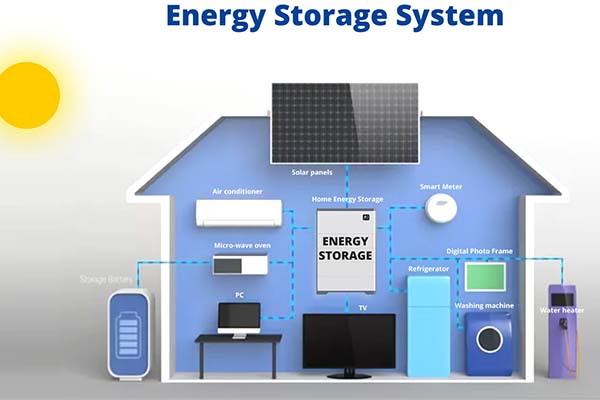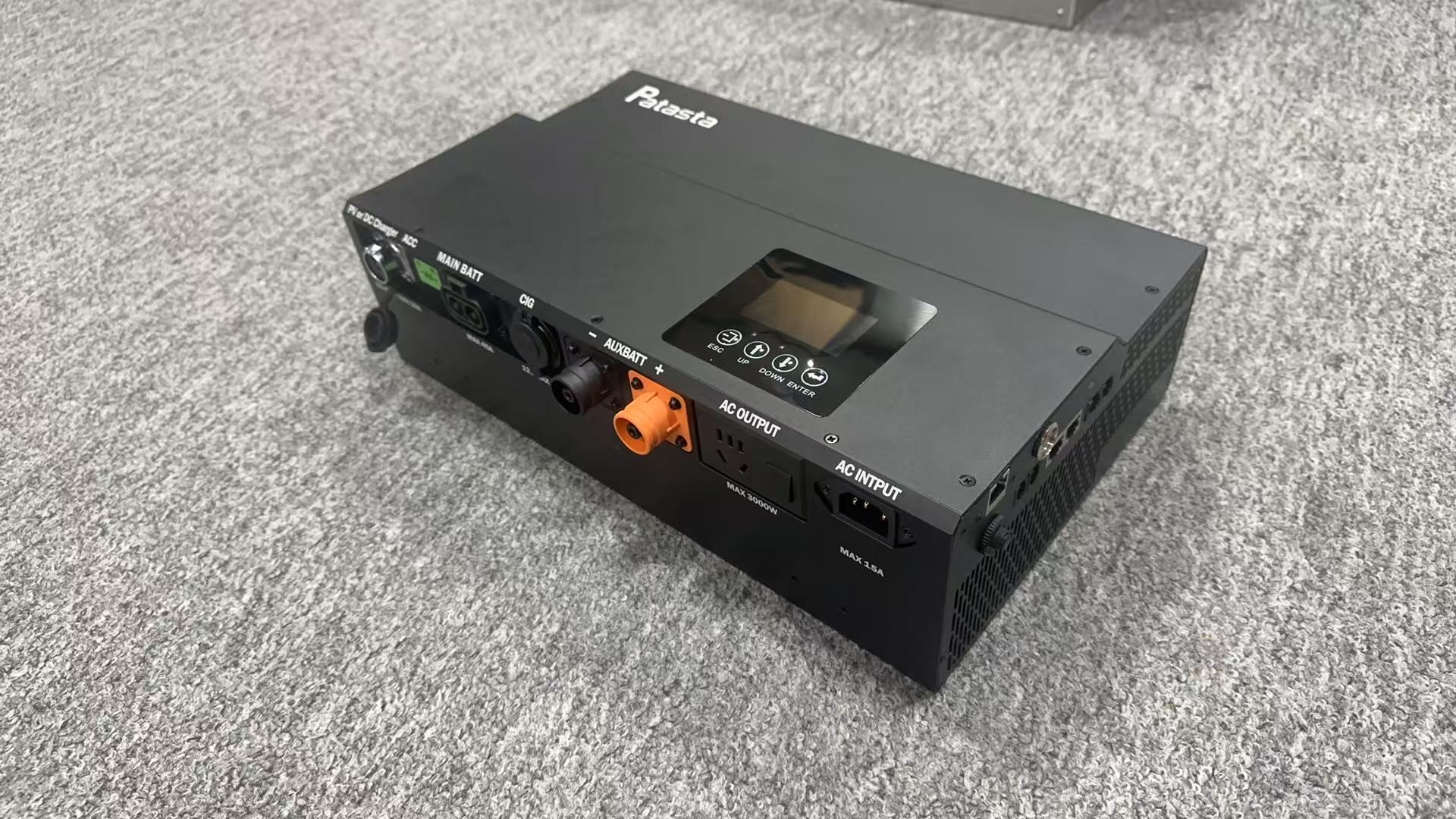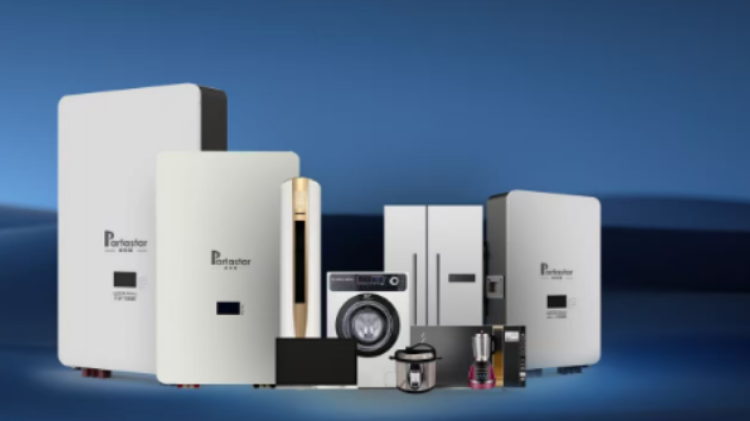Lithium battery power stations have gained significant popularity in recent years as portable and reliable sources of energy. These versatile devices are capable of storing large amounts of electrical energy, making them ideal for powering various electronic devices and appliances in both indoor and outdoor settings. However, one common question that arises among users is whether it is safe and practical to use a lithium battery power station while it is being charged. In this article, we will explore this topic in detail, examining the factors involved and providing a clear viewpoint on the matter.
Understanding Lithium Battery Power Stations
Lithium battery power stations are portable energy storage devices that utilize advanced lithium-ion battery technology. These power stations typically consist of a rechargeable lithium battery pack, an inverter to convert DC power to AC power, multiple outlets, and various charging input options such as solar panels, AC wall outlets, or car chargers. They are designed to provide a convenient and reliable source of electricity for a wide range of applications, including camping, emergency backup power, outdoor events, and off-grid power solutions.

Charging a Lithium Battery Power Station
To ensure that a lithium battery power station is ready to provide electricity when needed, it is essential to keep it adequately charged. Charging a lithium battery power station is typically a straightforward process. Most power stations come with built-in charging circuits and can be charged using different methods, such as:
1. AC Wall Outlet: The most common and convenient way to charge a lithium battery power station is by plugging it into a standard AC wall outlet using the provided charging adapter. This method allows for relatively fast and efficient charging, usually within a few hours.
2. Solar Panels: Many lithium battery power stations offer the option to charge using solar panels. This method is particularly useful for outdoor enthusiasts and off-grid applications, as it provides a renewable and environmentally friendly charging solution. Solar charging times may vary depending on the solar panel's wattage, weather conditions, and the power station's capacity.
Can You Use a Lithium Battery Power Station While Charging?
The question of whether it is possible to use a lithium battery power station while it is being charged is a valid concern for many users. The answer to this question depends on the specific design and capabilities of the power station.
Safety Considerations: Most reputable lithium battery power stations are designed with built-in safety features to prevent any potential hazards during charging and usage. These safety features include overcharge protection, short circuit protection, temperature monitoring, and voltage regulation. These mechanisms ensure that the power station operates safely and efficiently, both during charging and usage.
Manufacturer Guidelines: To determine whether it is safe to use a power station while charging, it is crucial to refer to the manufacturer's guidelines and user manual. The manufacturer will provide specific instructions and recommendations regarding the usage and charging procedures. It is essential to follow these guidelines to ensure the safe and optimal operation of the power station.
Operating Modes: Some lithium battery power stations offer different operating modes, such as "AC Output Priority" or "Charge Priority." In AC Output Priority mode, the power station prioritizes supplying power to the connected devices, even if it is being charged simultaneously. In Charge Priority mode, the power station focuses on charging the battery while providing limited or no power output to connected devices. Understanding the available operating modes and selecting the appropriate mode based on your needs is crucial for safe and efficient usage.
Power Output Limitations: It is important to note that using a lithium battery power station while charging may affect the power output capabilities. When the power station is simultaneously charging and providing power to devices, the available power output may be reduced. This reduction in power output is necessary to ensure that the charging process receives sufficient energy and does not overload the power station's capacity.
Conclusion
In conclusion, while it is generally safe to use a lithium battery power station while it is being charged, it is crucial to consider the specific design, safety features, and manufacturer guidelines of the power station. By adhering to the manufacturer's instructions and understanding the available operating modes, users can ensure the safe and efficient usage of their power stations. However, it is essential to be aware that using the power station while charging may result in a reduced power output due to the charging process's energy requirements. As always, when dealing with electrical devices, it is recommended to prioritize safety and exercise caution to prevent any potential accidents or damages.
Lithium battery power stations provide a convenient and reliable source of portable energy, empowering users to stay connected and powered in various situations. Whether for outdoor adventures, emergency backup power, or off-grid living, these versatile devices have revolutionized the way we access electricity. By understanding the capabilities and limitations of lithium battery power stations, users can make informed decisions and maximize the benefits of these innovative energy solutions.



